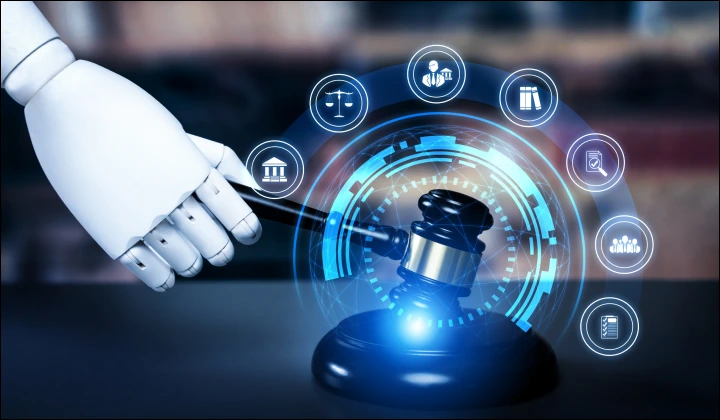Remember when the smartphone first came out? Before that, we had flip phones — basic, practical, but nothing close to the all-in-one solution they’ve become today.
No one could have predicted how a simple device would change almost every part of our lives: work, shopping, communication.
Today, generative AI is having its own smartphone moment. Like smartphones transformed personal tech, generative AI is set to reshape how businesses innovate, operate, and scale.
But just like back then, most companies are still figuring out where it fits — and how to make it work beyond the hype.
That’s what this post is for.
We won’t be talking about the broad, generic AI ideas you’ve probably already heard a hundred times. Instead, you’ll find 12 innovative and actionable use cases of generative AI for enterprise innovation — all with clear takeaways you can actually use.











 18 mins
18 mins











 Talk to Our
Consultants
Talk to Our
Consultants Chat with
Our Experts
Chat with
Our Experts Write us
an Email
Write us
an Email





